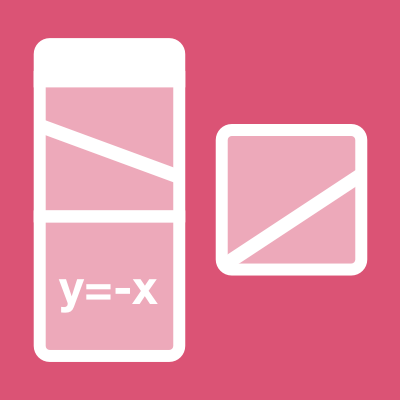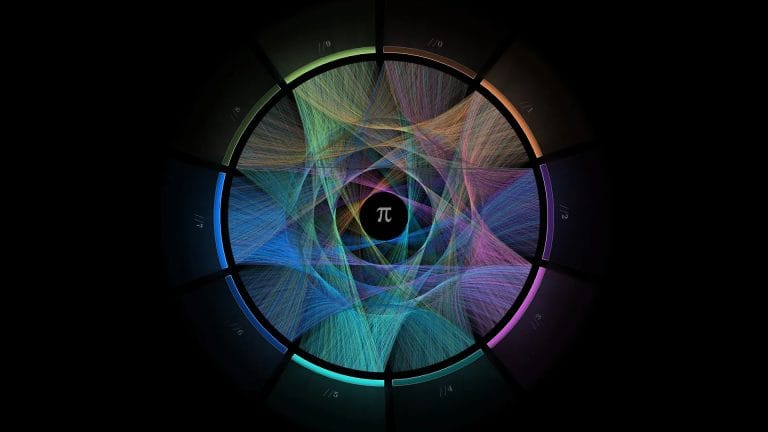Desmos classroom activities are digital experiences that help students learn algebra, geometry, and advanced mathematics by modeling and using multiple representations.
Desmos classroom activities are terrific for teachers to help students visualize their learning concepts. They have some incredibly extraordinary capabilities. Furthermore, Desmos activities are a great way to host interactive notes in the classroom and fun to make card sorting or graph-based assignments. But you should keep in my that students must be able to sign in to Desmos so that an educator can view and track their progress!
Why should teachers use Desmos Classroom Activities?
Desmos encourages students to practice their math skills and play with math to show their creativity. Kids can type in any number of math expressions and see the results right away as graphs on the page. Graphs can be turned into complex and realistic drawings by adding different colors and shapes.
I have curated every single Desmos activity and categorized them for you! If you still need more sources for your students, you should check out 70+ Awesome Websites for Teachers to Teach Math.














